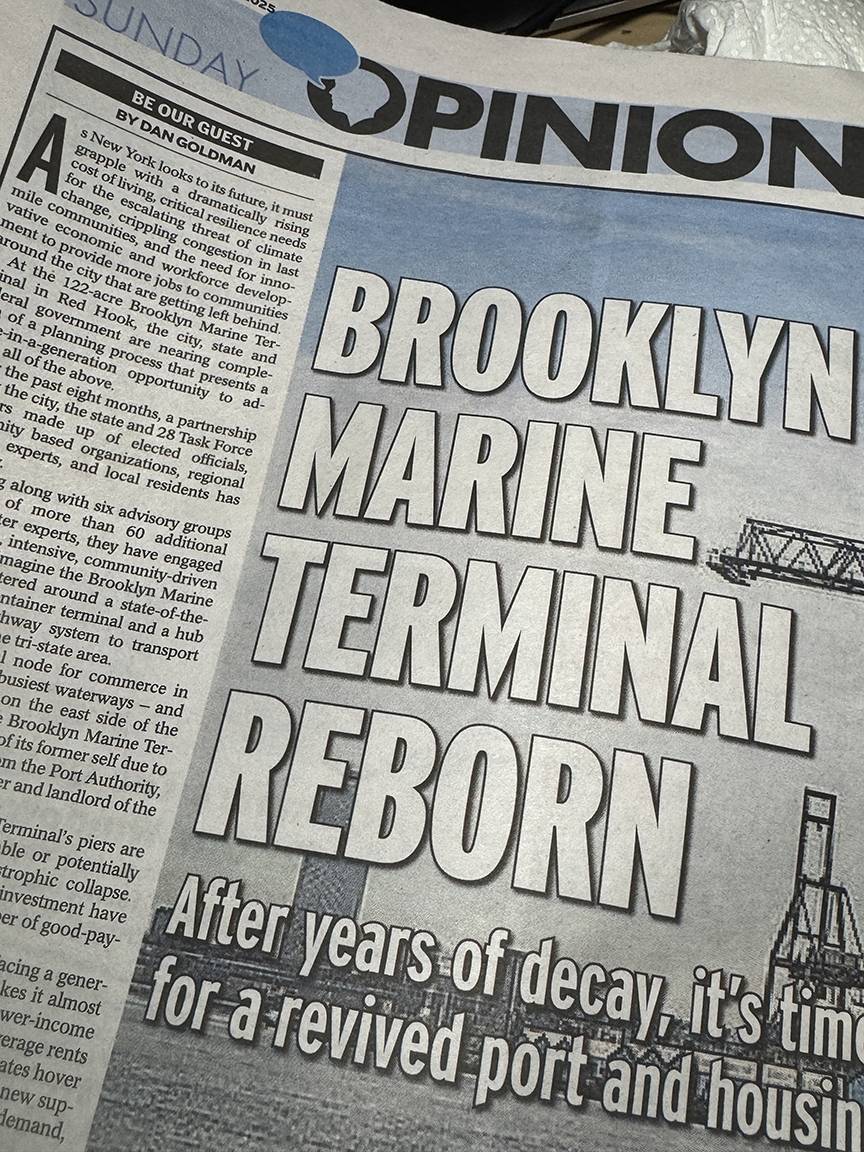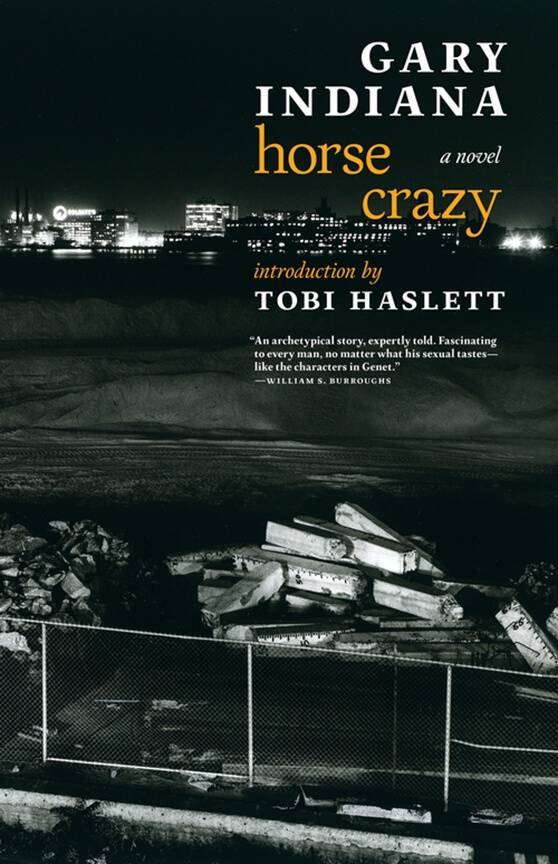The nonprofit world
An article in a recent copy of the Villager details some nonprofits that recently received grants from the New York Community Trust. The Trust is a public charity with board members chosen by public figures, including the mayor, judges and heads of institutions such as the Bar Association and Lincoln Center. The Trust was established in 1924 with the goal of connecting various charitable trusts with worthwhile causes.
One of the grants is for $700,000 to an unnamed charity that will aid at least 2200 cancer patients who need financial help to survive. These costs include transportation, medicine, insurance premiums and co-payments. The payments will be made to “low income people of color, immigrants and working parents.”
Four groups teaching healthy food practice will receive a total of $610,000. The Hester Street Collaborative is the recipient of a grant to “help nonprofit organizations find and negotiate affordable workspaces.”
One traditional role of government is to do things that are needed by society but are unprofitable for the private sector. The gaps are filled in by charities. While charity is laudable, philanthropists have benefited for decades from public policy designed to effect upward wealth transfers, which render government unable to pay for social programs and create the need for private funding to fill the gap.
With our tax system hijacked by groups such as the Americans for Tax Freedom, headed by Grover Norquist, an equitable distribution of wealth becomes more and more distant.
Is de Blasio looking for a job with a future Sanders administration?
After his term is finally over next year, Mayor de Blasio will have to try and make his way in the private sector unless he can figure something else out. There are already rumors that he will try to use political dealmaking to make his wife the Brooklyn Borough President. But that still leaves him unemployed.
At one time his employer was then HUD Secretary and now Governor Andrew Cuomo. But he burned his bridges before the first month of his mayoralty was up by going to Albany and demanding a tax on the rich to pay for his Pre-K program.
Back then, being a center-right Democrat was more fashionable than now, especially for someone with presidential ambitions. For the newly elected mayor (and former employee) to travel to Albany and publicly demand a tax increase was the beginning of a disastrous feud between the mayor and the governor. Cuomo has spent much of his time since then (more than six years) thwarting the city any chance he can get.
Among the casualties is the city’s transportation system, mostly run by the state. I was told many years ago by a Friends of the BQX board member that a big reason that de Blasio took up the real estate-driven proposal was that the only way the city could enhance local transportation was to take up projects in which the state had no sovereignty. The BQX would be one way. The NYC Ferry is another. If you ever wondered why there is no free transfer from the ferry to the subway, that’s the reason.
For that to happen, the city would have to cooperate with the state.
Can’t possibly happen
One of the topics that came up in the February meeting of the Red Hook Civic Association was the need to find a temporary home for the library during its couple years of reconstruction. The library’s suggestion was for a bookmobile, which the natives feel is inadequate.
It was suggested that the old senior center, sitting unused since Sandy and which is right across the street, would be a logical place.
I’ve questioned NYCHA a few times about that building and was told the ground floor was uninhabitable for various reasons, one of which is that it remains vulnerable in a flood.
However, using it for just a year or two would be a risk worth taking.
There was another vacant NYCHA property in the neighborhood that I was told couldn’t possibly be used: the boarded-up stores on Columbia Street, across from the Red Hook West Tenant Association offices. The buildings had structural and plumbing difficulties that couldn’t be fixed, I was told.
But once NYCHA needed a place to relocate stores from their building around the corner from the present Senior Center – because the new power plant will be built there – they had no problem getting those boarded-up and unusable stores cleaned and fixed up. Two stores that had leases around the corner are now open in new gleaming storefronts, the pharmacy and the tax place.
Good reporting
We were very excited to see Kevin Duggan’s front-page story in a recent Park Slope Courier. Titled “We Don’t Want This,” the story recounted the true story of the February 13th BQX meeting at the Miccio Center. Much of the BQX coverage has been of the powder puff variety, due in large part to the heavy lobbying paid for by the plan’s real estate driven backers.
He quoted community leader John McGettrick saying, “I think it’s a fiasco, a monumental potential waste of money when in fact there are far more efficient modes of transportation.” McGettrick has been a long-suffering and lonely advocate for an express bus to Manhattan, among other sensible improvements.
The intrepid reporter did manage to find someone in the audience in favor of the trolley plan, saying that it’s a long walk from Red Hook East, whose tenant association is presided over by Frances Brown. In fact, the Red Hook East buildings are closer to the subway than any other place in Red Hook. The only real problem is the scary walk crossing Hamilton Avenue, which does need to be addressed someday.
Duggan does not fail to mention that Miss Brown, the one BQX supporter he could find in the group, happens to be on the Board of Directors of the Friends of the BQX. There could have been another Red Hook supporter there, but perhaps she didn’t show up. That would be Jill Eisenhard, outgoing head of the Red Hook Initiative, who until recently was on their Executive Board.
Civic Association
The Red Hook Civic Association meets every month except for the summer. Co-chairman John McGettrick is hoping for a big turnout at the March meeting, which will be at 7 pm on Wednesday, March 25. The United Parcel Service, soon to be a big part of the Red Hook community, is an invited guest to answer questions from residents.
Up until now, most of their communications to the neighborhood have taken the form of a very occasional email. Count on John to hold their feet to the fire.
Author
-
Founder and editor of the Red Hook Star-Revue. George is also a musician and one-time progressive rock disk jockey, in York, Pennsylvania, also birthplace of Mrs. Don Imus.
View all posts
Founder and editor of the Red Hook Star-Revue. George is also a musician and one-time progressive rock disk jockey, in York, Pennsylvania, also birthplace of Mrs. Don Imus.










